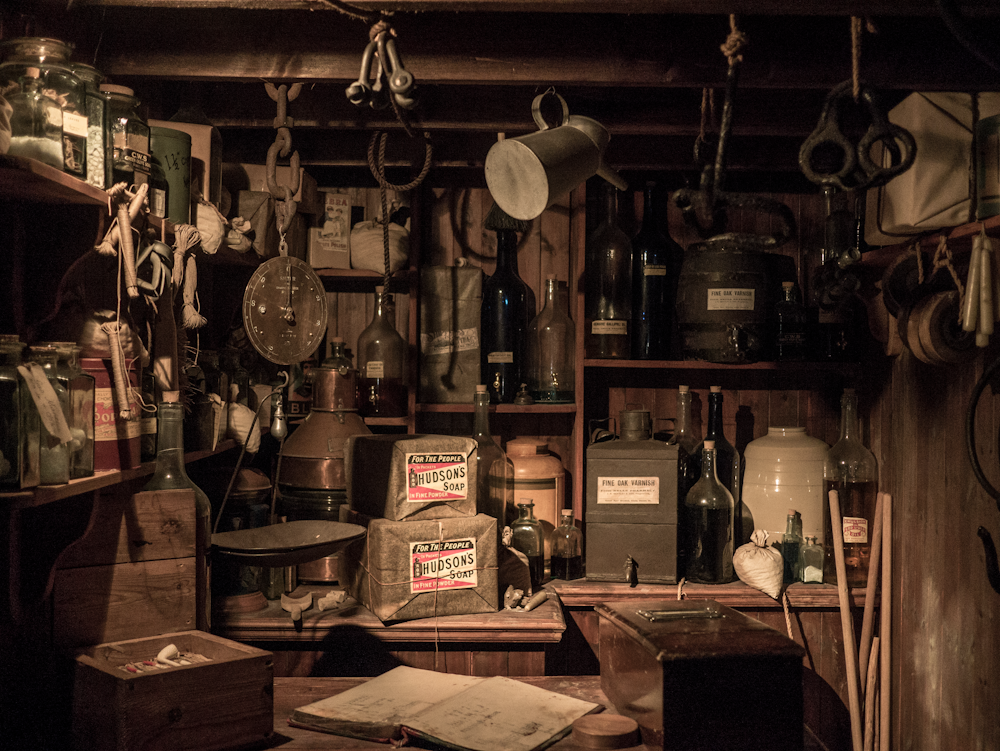Gas Geyser Maintenance: Keeping Your Appliance Running Efficiently
Gas geysers are essential appliances in many households, providing hot water for various daily tasks such as bathing, cooking, and cleaning. To ensure that your gas geyser continues to function efficiently and safely, regular maintenance is crucial. Here are some expert tips to help you keep your gas geyser in optimal condition.
Understanding the Basics of Gas Geyser Maintenance
Before delving into the specifics of maintenance, it’s important to understand how gas geysers work. These appliances use a burner to heat water as it flows through a heat exchanger, producing hot water on demand. Regular maintenance helps prevent issues such as mineral buildup, corrosion, and gas leaks, which can compromise performance and safety.
Checking for Gas Leaks
Gas leaks are a serious safety hazard and should be addressed immediately. Regularly inspect the connections and fittings of your gas geyser for any signs of leaks, such as hissing sounds or the smell of gas. If you suspect a gas leak, turn off the gas supply to the appliance and contact a qualified technician to assess and repair the issue.
Cleaning the Burner and Heat Exchanger
Over time, the burner and heat exchanger of a gas geyser can accumulate dirt, dust, and mineral deposits, which can impede efficiency and performance. Periodically clean these components using a soft brush and mild detergent to remove any buildup. Be sure to follow the manufacturer’s instructions and avoid using abrasive cleaners that could damage the surfaces.
Flushing the Water Heater
Mineral deposits, sediment, and other impurities can accumulate in the water heater tank over time, reducing its efficiency and lifespan. To prevent this, flush the water heater periodically to remove any buildup. Consult the owner’s manual or a professional technician for guidance on how to safely flush your specific model of gas geyser.
Inspecting the Ventilation System
Proper ventilation is essential for the safe operation of a gas geyser, as it allows combustion gases to escape outdoors. Inspect the ventilation system regularly to ensure that it is clear of obstructions such as debris, bird nests, or insects. Additionally, check for signs of corrosion or damage to the vent pipe and replace any damaged components as needed.
Testing the Safety Features
Most modern gas geysers are equipped with safety features such as flame failure devices and overheat protection mechanisms to prevent accidents. Periodically test these safety features according to the manufacturer’s recommendations to ensure that they are functioning properly. If you encounter any issues, contact a qualified technician for repairs.
Replacing Worn or Damaged Components
Over time, certain components of a gas geyser may wear out or become damaged and need to be replaced. This could include items such as thermocouples, igniters, or control valves. If you notice any signs of wear or malfunction, such as difficulty igniting the burner or inconsistent water temperature, contact a professional technician to inspect the appliance and replace any faulty parts.
Maintaining Proper Water Pressure
Gas geysers rely on sufficient water pressure to






![Everything You Need to Know Hermes’ [Bag Name] Everything You Need to Know Hermes’ [Bag Name]](https://images.unsplash.com/photo-1507666664345-c49223375e33?fm=jpg&q=60&w=3000&ixlib=rb-4.0.3&ixid=M3wxMjA3fDB8MHxzZWFyY2h8MTN8fGhlcm1lcyUyMHBhcmlzJTIwYmFnfGVufDB8MHwwfHx8Mg%3D%3D)











:quality(85):upscale()/2021/03/18/846/n/1922283/93083c026053a7b3d425a9.38918787_.jpg)




